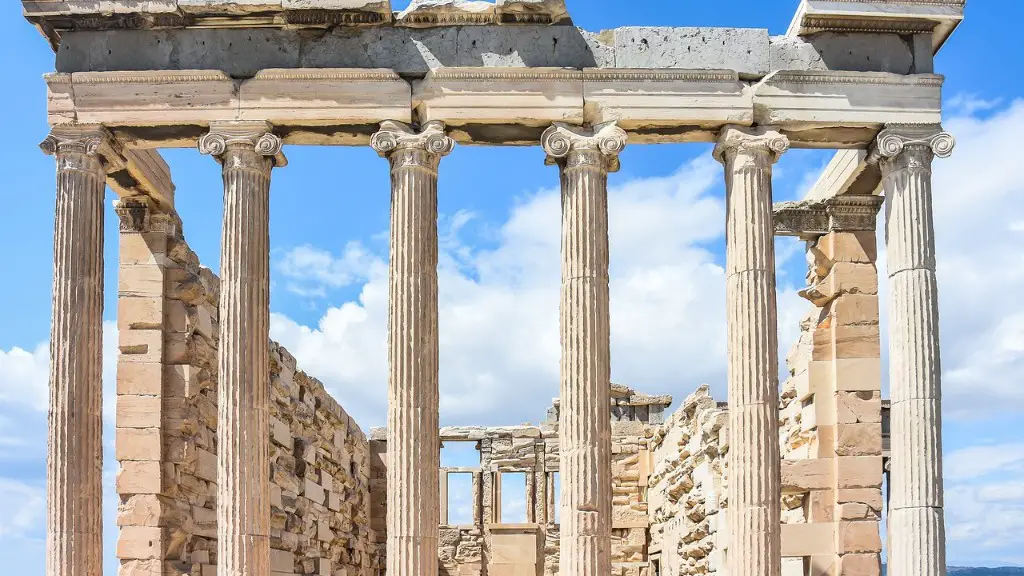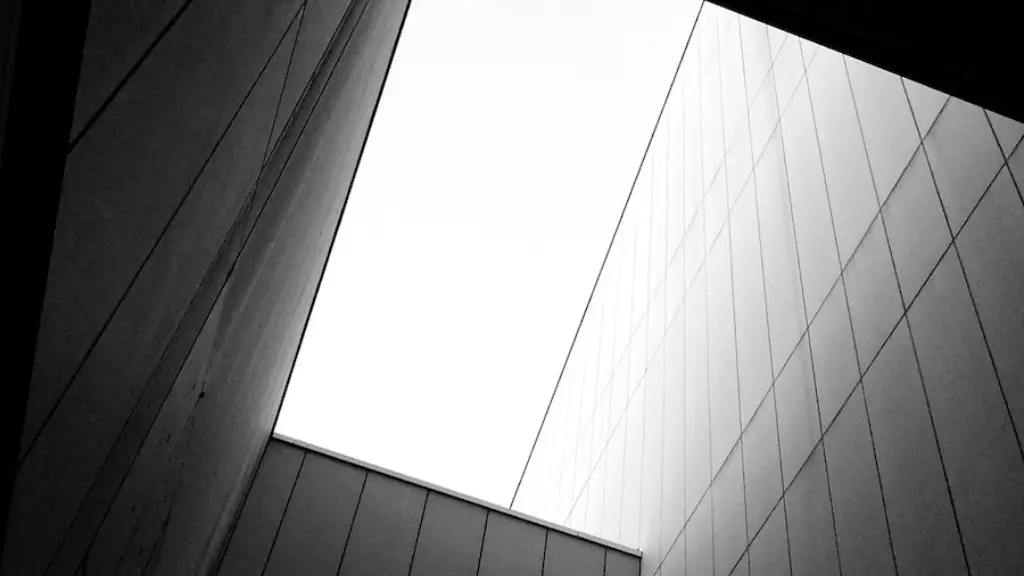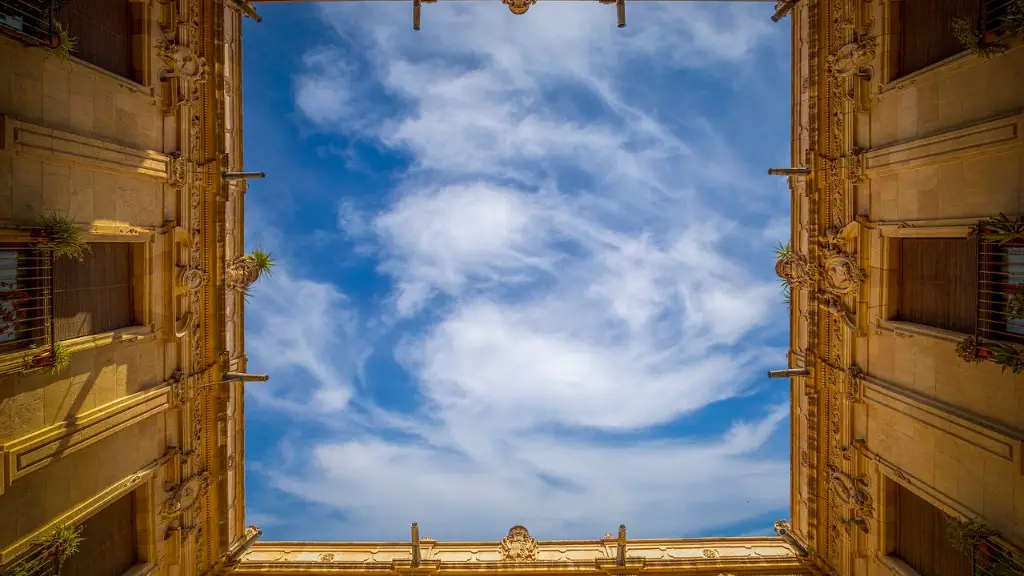What Is Architecture
Architecture is the art and science of designing or constructing buildings. It is a creative practice that unites many diverse fields and skills, from engineering and construction to art and design. Architects use a combination of elements, such as light, shape, form and space, to create harmonious and functional structures. In the broadest sense, architecture is the art and science of creating physical surroundings that mediate, order, and shape our interaction with the world.
Architecture As Art
Architecture is art because it encompasses our most powerful expression of culture and style. The design of a building, its form and features, expresses the ideas and intentions of the architect and reflects the cultural environment in which it was created. From historic monuments to modern buildings, architecture can employ both traditional and modern techniques to execute a vision and set the tone for a space. It is the visual expression of culture, be it past or present, that makes architecture art.
Architecture As Aesthetic Expression
One of the primary reasons why architecture is considered art is because it is an aesthetic expression. The idea is to create a certain look or feel for a space, whether it be a grand palace or a simple home. Aesthetic design is an important part of creating a feel for a space, as how a building looks on the outside can often be indicative of what it looks like on the inside. In this way, buildings become a reflection of the culture and values of those who live within them.
The Process Of Creating Architecture As Art
The process of creating architecture can also be seen as an artistic endeavor. Architects are constantly making decisions when it comes to the design of a building. They consider the building’s function, its surroundings, the materials to use, and its impact on the environment. All these decisions are part of an artistic expression, as the architect is piecing together their vision to create something new and unique.
The Impact Of Architecture On Society
Architecture can have a profound impact on the societies in which it is created. It serves as a physical representation of a culture and its values, and a representation of its history. Historic monuments and buildings often become symbols of a nation’s collective identity. Furthermore, the buildings created today will shape the future of our cities and our lives. Thus, architecture is important in creating a society that is inviting, vibrant and diverse.
The Influence Of Architecture On The Built Environment
Architecture can also influence the built environment. The design and structure of a building can drastically affect how the space is used and how people interact with it. Good architecture should consider how people will experience spaces, how it will fit within the context of the urban environment, and how to best utilize the resources available to make it more energy efficient.
The Architecture Of The Future
Looking to the future, architects will continue to be confronted with the challenge of creating structures that are sustainable, efficient, and beautiful. Sustainable architecture is becoming increasingly important, and architects are being asked to create greener, more innovative and resource-conscious buildings. Additionally, technology is allowing for new types of architecture that communicate with and impact our lives in new and unexpected ways.
Why Architecture Is An Art Form
Architecture is an art form because it provides us with much more than just functional structures. It allows us to experience the world in new and innovative ways, creating works of beauty, spaces that evoke emotion and awe, and physical representations of cultural norms and values. Therefore, it is clearly a form of art and should be respected and appreciated as such.
The Role Of Architects In The Art Of Architecture
Architects are the artists and visionaries behind the architecture. They are the ones who take the ideas inherent in the culture and shape them into tangible structures. Architects must be creative and think outside the box to create buildings and spaces that are unique and inspiring. In this way, architecture can be seen as the product of a creative process that shapes an environment and the lives of those within it.
How Architecture Enhances Our Communities
Architecture creates vibrant environments where people can interact, work and live. It encourages socialization, fosters creativity, and can even influence the way people think and behave. It can also help create safer and healthier living conditions, as well as make use of renewable energy sources. When done correctly, architecture can make a positive impact on the world and the communities within it.
The Intersection Of Architecture And Psychology
The study of architecture not only involves the physical structures, but also the psychological effects they have on us. The architecture of our environment can have a profound impact on our thoughts and behaviors. From designing safer streets to creating calming spaces, architecture can be used to promote psychological health and well-being. Thus, by understanding the power of architecture, we can design our environment to be safer and healthier for everyone.
Conclusion
In conclusion, architecture is an art form for several reasons. Not only does it require creative thinking and aesthetic design, but it can also be seen as a reflection of a culture and its values. Additionally, architecture can have a profound effect on the environment, our communities and even our minds. Therefore, architecture should not be underestimated, as it is a powerful expression of creative thought and artistry.



